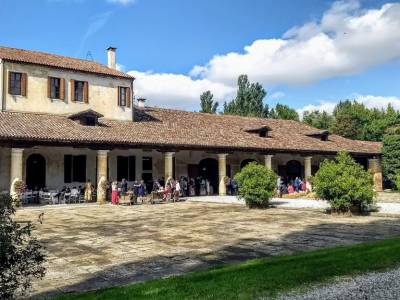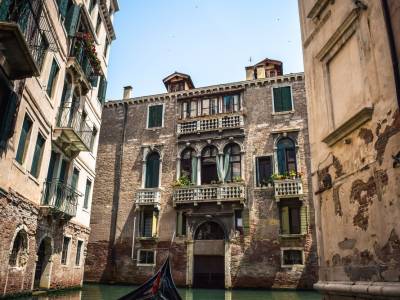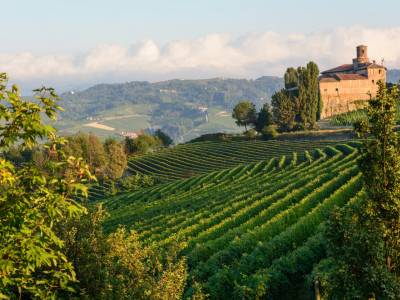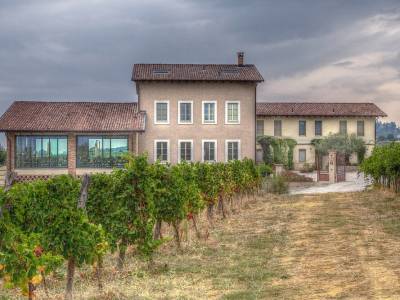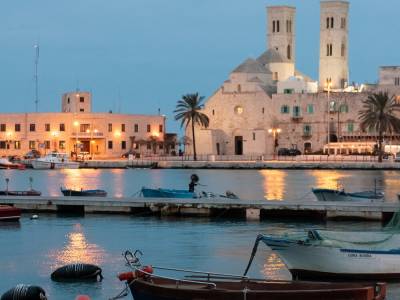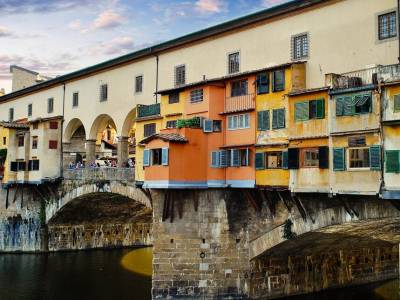On the footsteps of Frederick II in Apulia
27 Sep 2023 Magazine TALESCOLLECTION 416Later this story applied to his grandson Frederick II, settled this time on the Etna Volcano.
Even during the existence of Frederick poetic romances had created a halo about him.
Fascinating tales and predictions originated in the eastern empire, returned to new life. He was greeted as “Stupor Mundi”, the marvel of the world.

According to the story, he was supposed to be the great emperor who would announce the day of judgment; the prince who would rescue the Holy Sepulcher from the infidels; the imperator who would solve the fight between the papal and imperial powers.
So when the emperor suddenly died, the people refused to believe the death and rumours spread out that he was on the Etna in Sicily, and that he must and would return in proper time to reestablish the empire’s glory.
His people pictured him in the legend; a figure painted with the vibrant and plastic colours of mediaeval glory against a background that shades off into an uncertain future.
Truth or legend?
The question is if this legendary picture of the national hero is also a historically accurate picture of the real emperor. We will not answer the question, as you can expect, but we will highlight the locations where you can find Frederick in Apulia.
What we know is that he was a Hohenstaufen and grandson of Frederick I Barbarossa. He continued the imperial policies against the papacy and the Italian city-states. He also participated in the Sixth Crusade (1228–29), capturing several areas of the Holy Land and setting himself as king of Jerusalem.
Frederick II Heritage in Apulia
The fantastic human and political venture that saw him as a hero has left his name marked in the landscape, history, and culture of his kingdom, in particular in Puglia, the land that he loved most.
A branched system of fortresses and castles was built, which, after centuries, still reminds the greatness and genius of a man thirsting of power and knowledge.
We invite you to visit some castles, cities and places that are linked to Frederick to understand his legacy and enjoy the beauty of a marvellous region.

Castel del Monte
Castel del Monte (Andria)
The most majestic and enigmatic example of the Federician castles is certainly Castel del Monte. However, it seems that the “Stupor Mundi” never lived there and died before it was completed.
Majestic and elegant, it represents a unicum of medieval architecture. Built around 1240, it was recognized as a World Heritage Site by UNESCO in 1996 and take its name from a nearby and no longer existing church of Santa Maria del Monte.
Its design combines different styles, ranging from classic to Gothic, passing through daring Arab influences.
Some factors, such as the relatively small size and the lack of some typical elements of the defensive complexes, suggest that the building was not only for military purposes.
It was probably conceived as a place of residence or representation, it cannot be ruled out to think that it could be destined to become a celestial observatory, a sort of temple or an initiatory circle of knowledge. In fact, there are many esoteric suggestions of the building: its symmetrical perfection, for example, in the reiteration of the eight, a number with definite symbolic, sacred and magical meanings, linked, both in the Christian tradition and in the Jewish one, to the idea of resurrection, of infinity, of balance, of contact between heaven and earth.
The building and courtyard are octagonal in plan, eight are the octagonal-based towers, eight are the halls that make up each of the two floors of the structure.
The number even goes back to the details of the sculptures, the bas-reliefs, the columns and the keystones, which often show decorations with eight identical elements, such as the eight acanthus leaves on the cornerstone of the eighth room.
The castle is oriented according to astronomical guidelines, which during the solstices and equinoxes originate complex and intriguing games of light and shadow and which annually, on April 8 and October 8, allows a ray of sunshine to cross two windows and hit a particular area of a wall, where formerly there was a bas-relief.
Could it have been a secret message? A Legend says that the Holy Grail could be hidden in the palace.
Some many mysteries and stories make Castel del Monte, already stunning in itself, an incredibly fascinating place…

Swabian Castle

Cathedral of Trani
The castle of Trani is one of the most beautiful examples of fortifications built by Frederick II.
Located on the border of the city, the thrilling height of its towers allowed it to monitor the entrance to the port and the access roads to the town.
The building, established on the coastline of the Adriatic Sea, was started in the year 1230 and presumably completed in 1249.
The Castle of Trani was used to celebrate the second marriage of the son of Federico II, Manfredi, with Elena d’Epiro. The Angevins first, and then Charles V brought about profound changes, mainly due to the changing role of the Tranese city.
An inscription from 1533 attests the renovation of the south wing of the courtyard, which completely modified the medieval structure, giving it modernity. Initially, the castle was surrounded by a moat which was later replaced by a drawbridge capable of connecting it to the square in front, it is currently replaced by a stone bridge.
Norman-Swabian Castle of Gioia del Colle
Around 1090-1100, the Norman nobleman Riccardo d’Altavilla, better known as Riccardo Siniscalco, erected a castle in Gioia del Colle, expanding an earlier Byzantine construction from the 9th century. Returning from the Sixth Crusade in 1229, Frederick II promoted its foundation according to the typical plan of its constructions: quadrangular plan, internal courtyard and corner towers. The two-story structure reveals an elegant, composite style, which mixes western elements and Islamic tendencies, severe forms and graceful ornaments. In the large internal courtyard, we note the refined hunting decorations of the staircase, which recall the sovereign’s hunting passion. Also noteworthy is the sophisticated and solemn Throne Room, rebuilt around 1907. The most mysterious place in the castle, however, is the Empress Tower, the tradition (probably unfounded) says that Frederick II had his lover Bianca Lancia imprisoned.\
According to some sources, the reason for this brutality was strong jealousy of the sovereign, according to others, a punishment for an alleged betrayal.
The noblewoman, who gave him three children, Costanza, Manfredi and Violante, became his wife in articulo mortis in about 1250.



